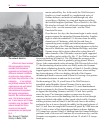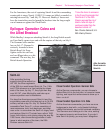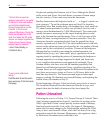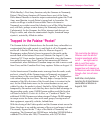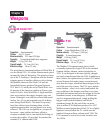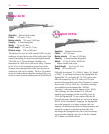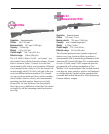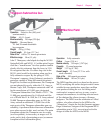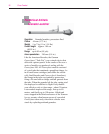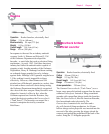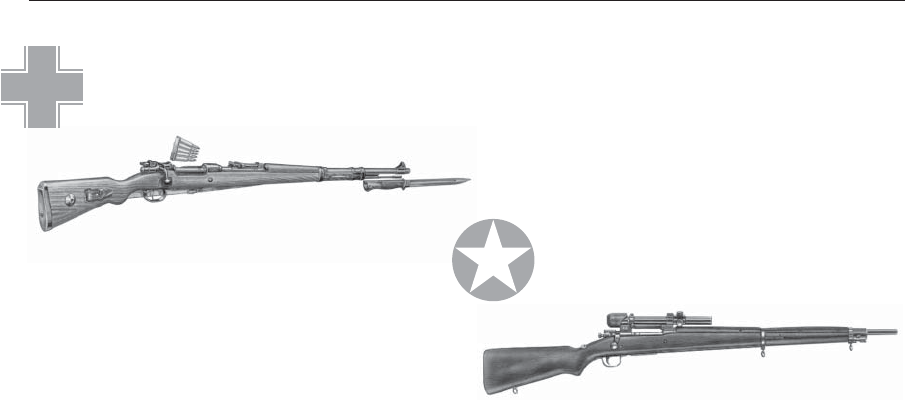
90
Close Combat
Mauser
Kar
98
Springfield ’03 Rifle
Operation
Manual, bolt-action
Caliber
7.92 mm (.31 in.)
Muzzle velocity
745 mps (2,445 fps)
Capacity
5-round magazine
Weight
3.9 kg (8.5 lbs)
Overall length
111 cm (43.75 in.)
Effective range
550 m (600 yds)
The Mauser Gewehr 98 (rifle, model 1898) was the
archetype of most bolt-action rifles built in the 20th
century, including the American Springfield model
1903 rifle. Its 7.92-mm Mauser cartridge was
introduced in 1888 and is still in use today. Variants
of the Gewehr 98 remained in general use in the
German army through both world wars because it
worked so well and so reliably. The Kar 98 carbine,
about six inches shorter than the standard rifle, was
issued to most German infantrymen in World War II.
Operation
Manual, bolt-action
Caliber
.30 (7.62 mm)
Muzzle velocity
853 mps (2,800 fps)
Capacity
5-round internal magazine
Weight
4.2 kg (9.38 lbs) M1903A4
sniper model with scope
Overall length
110.5 cm (43.5 in.)
Range
550 m (600 yds)
Officially designated “U.S. Rifle, Caliber .30, Model
of 1903,” it was better known as the Springfield, the
Springfield ’03, or simply the ’03. This bolt-action
rifle was adopted by the U.S. Army in 1903 and
remained the standard issue rifle of America’s armed
forces until 1936. In 1906, the .30-caliber cartridge
was modified and designated the “M1906
Cartridge”; it became widely known as the .30-06.
This cartridge was the standard U.S. rifle and
machine gun cartridge for the next fifty years. In
1936, the Springfield ’03 was replaced by the M1
Garand, but many Springfields saw service in World
War II. In the Normandy Campaign, the Springfield
was used primarily as a sniper weapon; the vast
majority of infantrymen preferred semiautomatic and
automatic weapons to the bolt-action rifle. Any
advantage the Springfield may have had in accuracy
was more than offset by the rate of fire the Garand,
M1 Carbine, and BAR offered.





